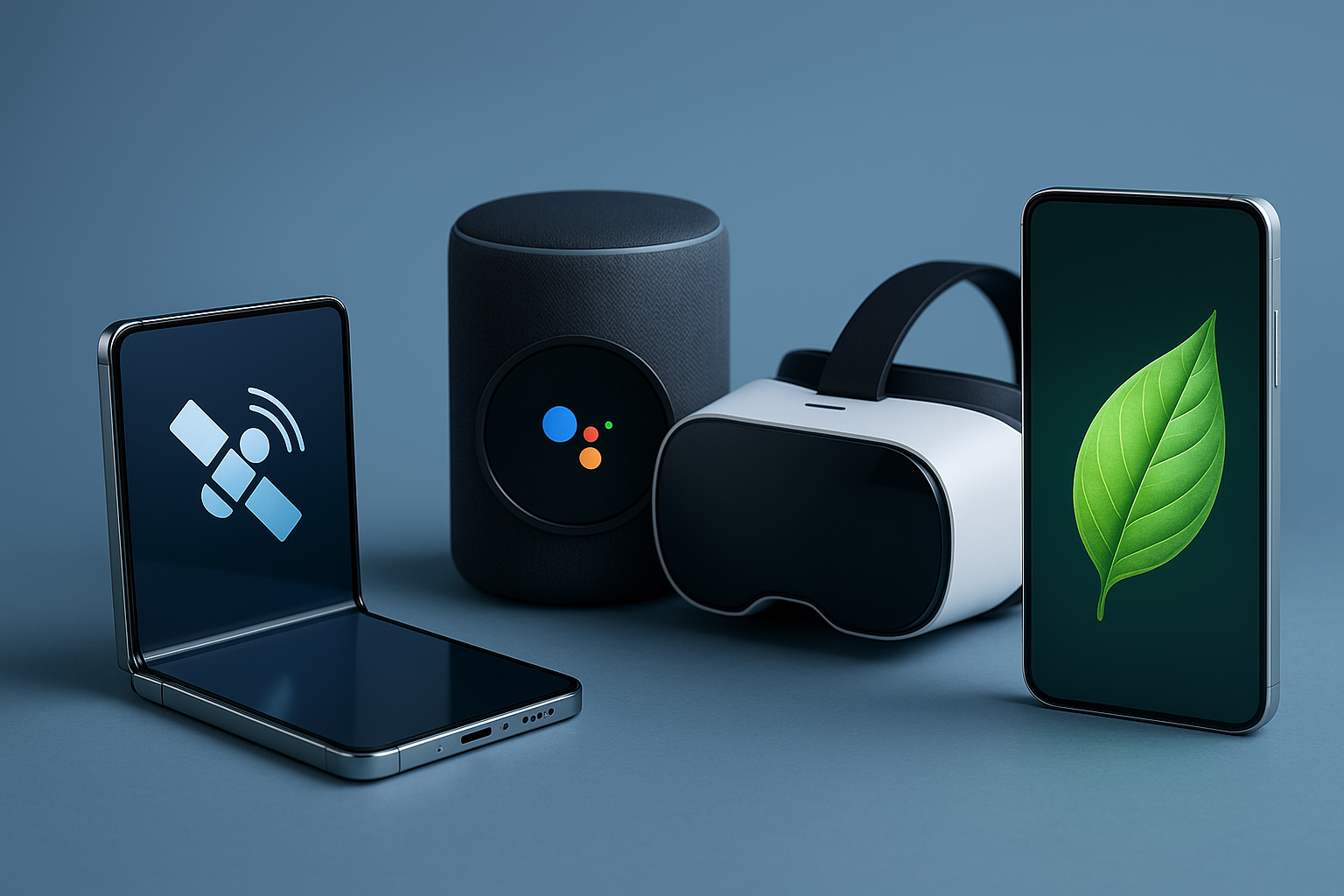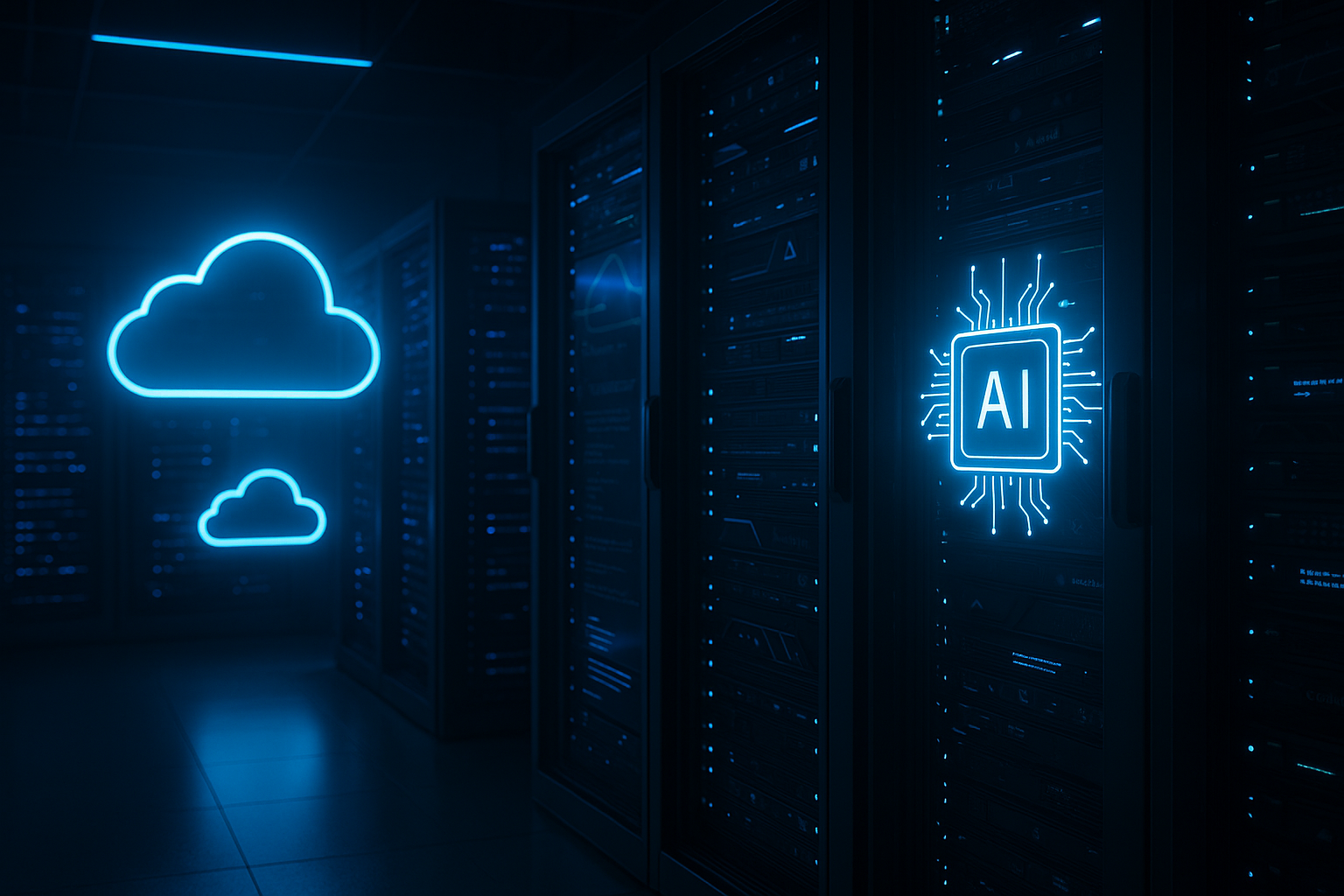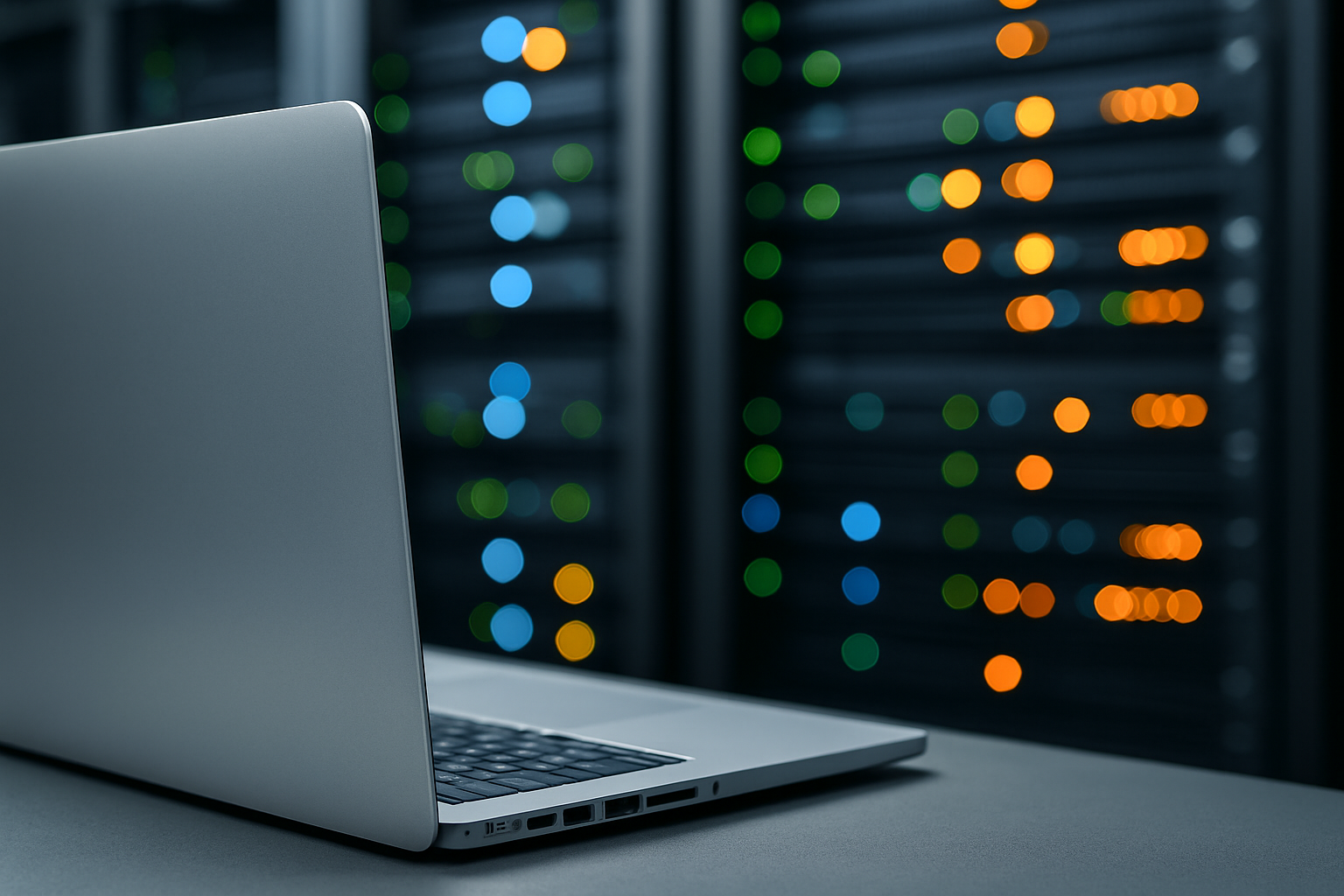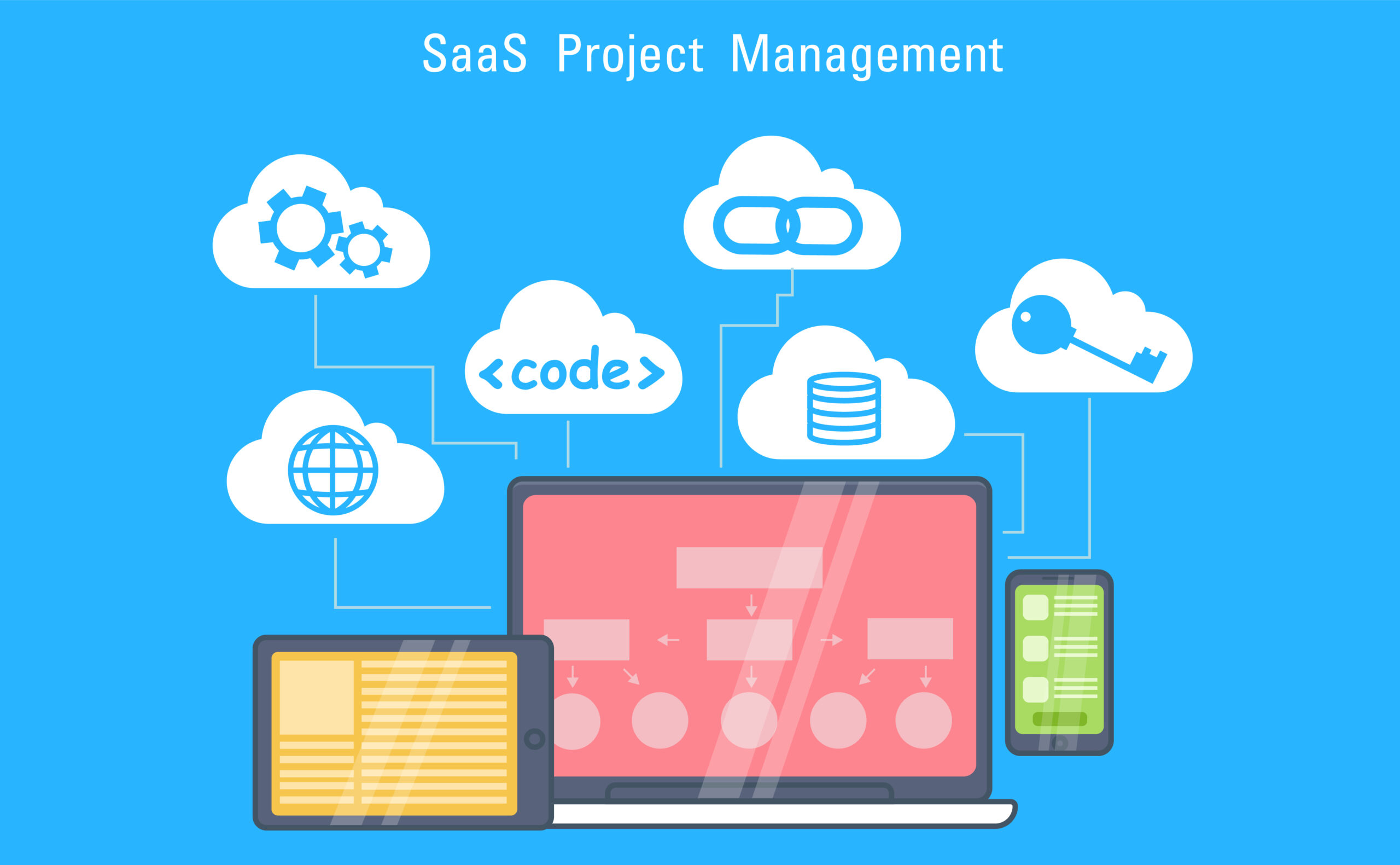Introduction
The mobile technology industry is entering an exciting new chapter in 2025. From artificial intelligence (AI) and foldable phones to satellite connectivity and sustainable innovation, the latest developments are not only reshaping smartphones but also redefining how we live, work, and connect. In this blog post, we’ll explore the most groundbreaking trends driving the mobile tech revolution in 2025, backed by expert analysis and SEO-optimized insights to keep you informed and ahead of the curve.
1. AI-Powered Everything
Artificial Intelligence is no longer a bonus feature — it’s a core element of mobile devices. In 2025, flagship smartphones now come with:
- AI-optimized chips like Qualcomm’s Snapdragon X Elite or Apple’s A19 Bionic.
- On-device generative AI that allows text summarization, real-time translation, and image creation without needing the cloud.
- Smarter voice assistants powered by LLMs (Large Language Models), capable of nuanced conversations, context-aware suggestions, and task execution across apps.
AI is streamlining user experiences while enhancing security through facial recognition, voiceprints, and behavior-based authentication.
SEO Keywords: AI smartphones 2025, on-device AI, generative AI mobile, smart assistants
2. Foldables Go Mainstream
Foldable phones were once a niche — now they’re a norm. Brands like Samsung, Huawei, and Google are leading the charge, but in 2025:
- Mid-range foldables are now available at under $700.
- Devices like the Galaxy Z Fold 7 and Pixel Flip 2 offer near crease-less displays.
- Durability and battery life have dramatically improved, with hinge lifespans of over 500,000 folds.
Hybrid devices that fold, roll, or expand offer a multi-form factor experience — from phone to tablet to mini-laptop — especially for creators and gamers.
SEO Keywords: foldable phones 2025, flexible display tech, Galaxy Z Fold 7, Pixel Fold 2
3. 6G and Satellite Connectivity
While 5G is still expanding in many regions, 2025 is already laying the groundwork for 6G — expected to launch commercially by 2030.
- Early 6G test deployments offer speeds up to 1 Tbps in lab environments.
- Satellite-to-phone connectivity via Starlink, Apple’s Emergency SOS, and Huawei’s BeiDou is now built-in.
- Ideal for remote areas, emergency response, and global travelers.
These technologies are redefining “always connected,” ensuring users are reachable even in zero-bar zones.
SEO Keywords: 6G trends 2025, satellite phones, Starlink mobile, global connectivity
4. Augmented Reality (AR) and Mixed Reality (MR)
2025 is the year AR truly steps into the limelight. With Apple Vision Pro inspiring mobile innovation, AR in smartphones includes:
- AR shopping with virtual try-ons and real-time object overlays.
- Mobile games and fitness apps with location-aware AR.
- Mixed-reality meetings for remote teams — blending virtual space with your real surroundings.
AI-enhanced AR now reacts in real time to environments using LiDAR and improved depth-sensing cameras, especially in iPhones and Samsung Galaxy Ultra models.
SEO Keywords: AR apps 2025, mobile mixed reality, Apple Vision Pro alternatives, LiDAR phones
5. Eco-Friendly Mobile Devices
Sustainability is a core concern for consumers and manufacturers alike. In 2025:
- Phones like Fairphone 5 or Nokia Eco Series are made from 90% recycled materials.
- Modular designs allow battery, screen, and camera upgrades without replacing the whole phone.
- Brands like Apple and Samsung have committed to 100% carbon neutrality for production.
Additionally, longer software support (up to 7 years) ensures fewer devices are discarded prematurely.
SEO Keywords: sustainable smartphones 2025, eco-friendly mobile, modular phones, Fairphone review
6. Mobile Photography & Videography Evolution
Your phone in 2025 is a professional camera:
- 1-inch sensors, periscope zooms, and 100x AI digital zoom.
- AI scene detection and lighting adjustments rival DSLR setups.
- Real-time cinematic video stabilization and spatial audio make smartphones viable for vlogging, filmmaking, and journalism.
Expect native 8K editing apps, improved RAW file handling, and integration with cloud editing tools like Adobe or CapCut Pro.
SEO Keywords: smartphone camera trends 2025, best camera phones 2025, 8K mobile video, AI camera apps
7. Extended Battery Life and Charging Innovations
Battery tech in 2025 is smarter, faster, and more enduring:
- Graphene-based batteries with up to 3-day lifespan on a single charge.
- 150W fast charging offers 0 to 100% in under 15 minutes.
- Wireless charging pads and surfaces are now ubiquitous in cars, desks, and airports.
AI-assisted battery health management increases longevity and reduces overheating.
SEO Keywords: graphene battery phone, fast charging 2025, mobile battery life, AI battery management
8. Hyper-Personalized UX and Accessibility
Smartphones now adjust to you, not the other way around:
- AI-adaptive interfaces that change based on usage patterns.
- Dynamic app layouts — simpler for seniors, richer for power users.
- Voice-first navigation for the visually impaired and gesture controls for those with limited mobility.
Brands like Google and Apple lead with inclusive UX design, making smartphones truly universal.
SEO Keywords: smartphone accessibility 2025, personalized mobile UI, adaptive UX, AI UX design
9. Wearable Integration and Health Tech
The smartphone is now a hub for health:
- Seamless wearable syncing with smart rings, glasses, and biosensors.
- Non-invasive glucose monitoring for diabetics through connected apps.
- Mental health tracking, like mood detection via voice and facial recognition.
iPhones, Galaxy devices, and even budget Androids offer real-time health dashboards and emergency detection alerts.
SEO Keywords: mobile health tech 2025, smart wearable integration, phone glucose monitor, digital health trends
10. Mobile Gaming Goes Pro-Level
Gaming on mobile in 2025 is console-quality:
- Cloud gaming with no downloads (thanks to 5G/6G).
- Phones with 240Hz refresh rates, haptic triggers, and dedicated cooling.
- Titles like Call of Duty Mobile: VR, Genshin Impact Pro, and Fortnite XR support AR/VR gameplay.
Gaming phones from ASUS, Lenovo, and Nubia now include AI game engines to optimize FPS and battery usage dynamically.
SEO Keywords: mobile gaming 2025, cloud gaming phones, gaming phone specs, best phone for gamers
11. Biometric and Quantum Security
Security is smarter in 2025:
- Quantum-resistant encryption starts rolling out in flagship phones.
- Multimodal biometrics combine face, fingerprint, voice, and behavior.
- Real-time threat detection powered by AI anti-malware tools.
Users also benefit from on-device secure enclaves, ensuring data never leaves the phone unencrypted.
SEO Keywords: mobile security 2025, biometric authentication, quantum encryption phones, AI antivirus mobile
Conclusion
In 2025, mobile technology is no longer just about making calls or checking messages. It’s about empowering lifestyles, enhancing productivity, supporting health, and connecting communities globally. From AI and AR to sustainability and security, these mobile tech trends are not only impressive — they’re shaping the very future of how we live.
Whether you’re a developer, tech enthusiast, investor, or everyday user, staying ahead of these trends ensures you’re prepared for the mobile world of tomorrow.









